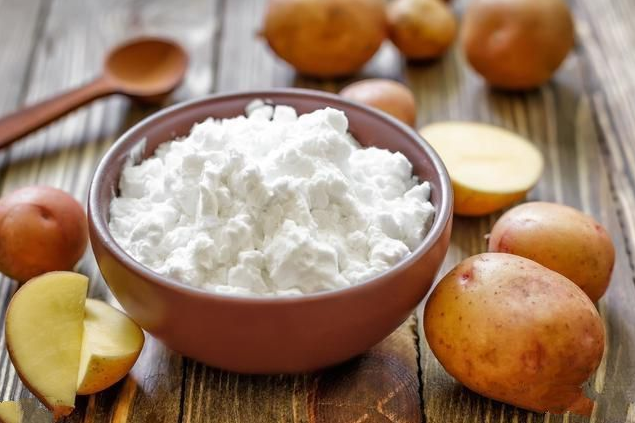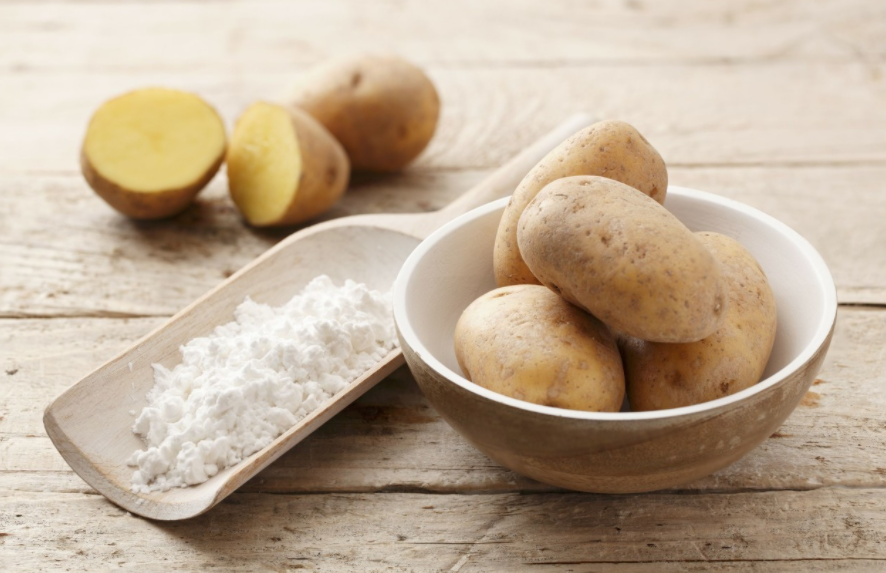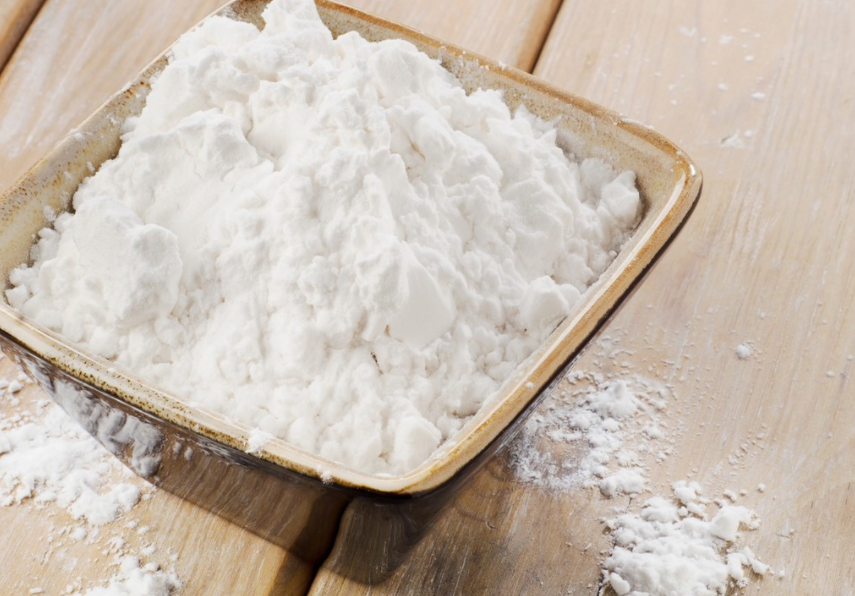Ⅰ. Potato starch processing technology
Potato chunks → washing → crushing → screening → starch milk → starch meal → precipitation → pulp water → washing → bleaching → dehydration → wet starch → drying → crushing → screening → packaging → finished product
Ⅱ. Operation points
1. Selection of raw materials
The raw materials for the production of potato starch should be selected for high unit yield, strong disease resistance, large potato, high starch content, uniform starch grain size (fast sedimentation), less soluble protein (less foam during grinding), thin skin, and less unevenness ( Easy to wash), low fiber content, fresh unsprouted potato flour seed.

2. Washing
There are no special requirements for washing water, but since the crushing operation, all processing water should be soft water.
3. Crushing and screening
The potato pieces are suspended in the cell juice of parenchyma cells, so it is easier to separate than grain starch. The greater the degree of fragmentation, the higher the powder yield. Generally, the degree of fragmentation is required to be above 90%. In order to completely destroy the cell tissue, grinding is generally required. Make 2-3 times, sieve once with a sieve each time, to remove the fiber, unground tissue and impurities in the ground material. The under sieve is the powdered milk, and the over sieve enters the next mill.
Water spraying is required for crushing and sieving to facilitate grinding and washing out starch granules, which is conducive to the pipeline transportation of materials. The amount of water used for crushing is about 2 times the weight of the raw material, and the water used for sieving is about 4 times the weight of the raw material. The final concentration of the thin starch milk is about 4-7 Baume.
4. The precipitation of starch granules
The starch milk obtained by sieving is a latex gum solution containing starch granules, crude fiber, protein, and a variety of soluble sugars, organic acids and other substances, as well as microorganisms and enzymes.
The factors that affect the precipitation of potato starch include the concentration of starch milk, the size and specific gravity of starch grains, and the pH value.
When the starch granules are larger, the specific gravity is larger, the starch granule concentration is smaller and the pH value is suitable, the starch granules will precipitate faster. The settling time is required to be completed within 8 hours, otherwise it will cause the reproduction of microorganisms and affect the quality and yield of starch. The potato starch granules are larger. When the starch milk is thinner (4-7 degrees Baume), the chute can achieve the expectation. Effect. However, when the quality of raw materials is poor, such as insufficient growth of potato pieces, partial decay, and long-term storage, when the temperature in the processing season is too high to cause fermentation, the precipitation will be slow, resulting in a decline in starch yield and quality. In order to accelerate the precipitation, the starch milk must be adjusted The pH value of potato juice is about 4.2-4.4, and the isoelectric point of potato protein is about pH 5.4. If the pH of starch milk is lower than 5.4, a little lye can be added to adjust to make the protein particles dehydrated and coagulated as soon as possible. , Destroy the protein glue solution and make starch granules precipitate.

5. Washing and bleaching
The starch obtained from the sedimentation tank of the chute is processed and diluted to 18 degrees Baume, pumped to the washing tank, washed with water for 2-3 times, the waste liquid is drained, and water is added to dilute it to 18 degrees Baume, and sent through Glue section.
For starch with poor raw material and darker pink, it will be decolorized and bleached after the last washing. Bleaching powder or SO2 is used as a bleaching agent.
(1) Bleach with bleaching powder
The amount of bleaching powder varies according to the concentration of starch milk. Generally, 100 liters of 18-degree Baume starch milk requires about 40-50g of bleaching powder.
Make a bleaching powder solution before bleaching. Before use, add bleaching powder in warm water at about 30°C to make a 4-4.5 degree Baume solution. After stirring, cover it and let it stand for 15 hours, then take the supernatant for use.
Add the bleaching powder solution to the starch milk during bleaching, and stir continuously for 40-60 minutes. After bleaching, let it stand for about 2 hours to precipitate the starch, then drain the supernatant liquid, repeatedly wash with water to remove residual chlorine, or add a small amount of sulfur after standing for precipitation. The sodium sulphate solution removes residual chlorine.
Check whether there is residual chlorine in the starch. A small amount of starch emulsion can be dropped into the 5% concentration of KI solution, which does not change color, and there is no chlorine. Need to add sodium thiosulfate solution to remove all remaining chlorine.

(2) Sulfurous acid bleaching
Sulfurous acid is a reducing agent, which can inhibit oxidative discoloration and decolorization. It can also change the pH value of starch milk, promote protein precipitation and inhibit fermentation. When using it, first dilute H2SO3 to a solution containing about 22.5% SO, per ton of puree The starch milk needs about 0.6-0.8 liters of H2SO3 solution of this concentration.
6. Dehydration
Starch milk is wrapped with cloth and dehydrated mechanically to become wet starch. The wet starch is turbulent and white in appearance, clumped, not sour, and has a smooth cut surface.
7. Dry
When drying, the starch agglomerates are crushed first, and it takes about 3-6 days for natural drying. Manual drying, the product temperature is controlled at 40-58℃, and the moisture content of the dried starch is reduced to 20%.
8. Screening
After drying, take it out and cool it, then pulverize with a grinder, and finally sieve through a silk sieve with a milk diameter of 0.11mm to remove small powder blocks, and then pack it in a cloth bag, 25 kg per bag, which is the finished product.
The above wonderful content is the sharing of Production of potato starch by Henan Zhongxing Grain and Oil Machinery Co., Ltd. If you need potato starch processing technology, you can contact us at any time.
Copyright © Henan Zhongxing Grain And Oil Machinery Co.,Ltd. All Rights Reserved. Powered by MetInfo